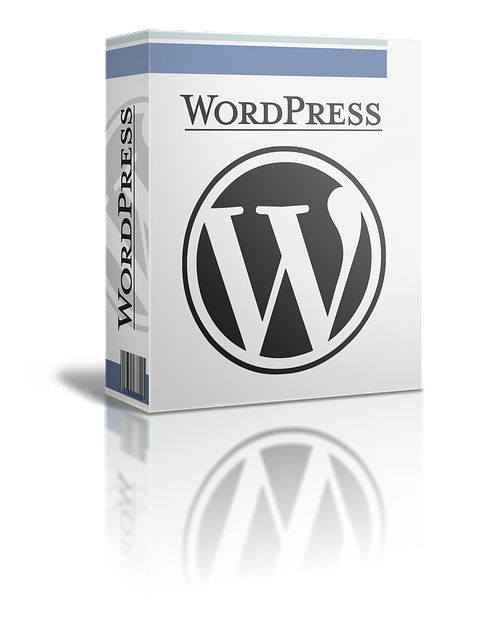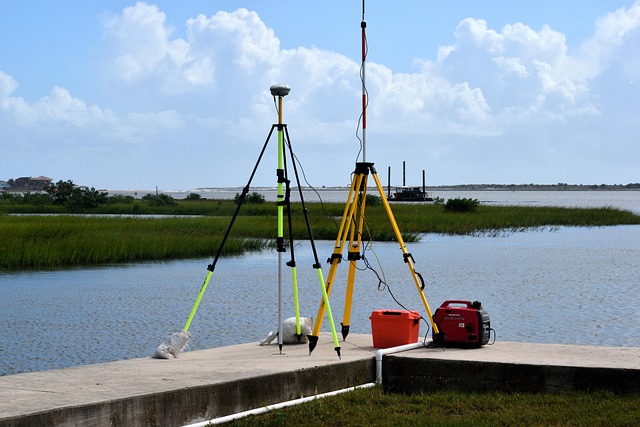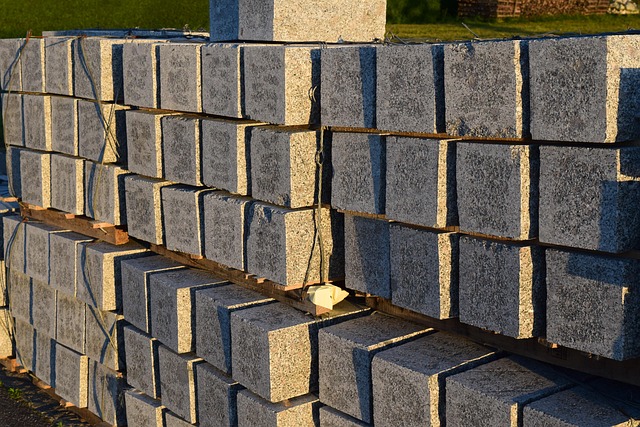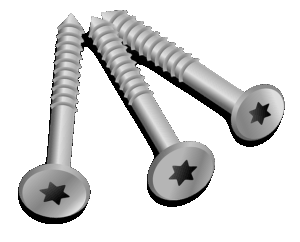A well-structured internal linking strategy is vital for WordPress SEO success, enhancing user experience and search engine visibility. By organizing content logically, utilizing breadcrumbs, and implementing best practices like relevant anchor text and balanced link equity distribution, sites can improve crawlability, boost rankings, and attract more organic traffic. Regularly reviewing and updating the site structure using analytics tools ensures a thriving digital presence that caters to both users and search engines.
In today’s competitive digital landscape, a robust site structure and strategic internal linking are paramount for optimal WordPress SEO. This comprehensive guide navigates the intricacies of modern search engine optimization practices, focusing on how internal links can significantly enhance user experience while boosting your website’s visibility. From understanding site architecture to advanced techniques, we’ll equip you with the tools to optimize your WordPress site, ensuring every page contributes to your content strategy and drives meaningful leads.
- Understanding Site Structure: The Foundation of WordPress SEO
- Internal Linking: A Powerful Tool for Search Engine Optimization
- Best Practices for Implementing Internal Links in WordPress
- Enhancing User Experience with Strategic Linking Strategies
- Measuring Success: Tracking Internal Link Performance
- Advanced Techniques for Optimizing Site Structure and Internal Links
Understanding Site Structure: The Foundation of WordPress SEO

Understanding your site’s structure is fundamental to mastering WordPress SEO. In the context of SEO, the site structure refers to how pages are interconnected and organized within a website. For WordPress, this involves creating a hierarchical navigation system that allows users and search engines alike to easily traverse through different sections and subsections. A well-structured site enhances user experience, encourages deeper engagement, and ultimately signals to search engines the importance of specific content.
A strategic site structure SEO tutorial suggests organizing content into logical categories and using internal linking to connect relevant pages. This involves creating a clear parent-child relationship between pages, ensuring that each page has a distinct role while also being connected to complementary content. By implementing these site structure SEO tips, WordPress users can optimize their sites’ performance, improve crawlability, and ultimately rank higher in search engine results for targeted keywords.
Internal Linking: A Powerful Tool for Search Engine Optimization

Internal linking is a strategic technique that plays a pivotal role in modern SEO practices, especially for sites built on platforms like WordPress. By creating a well-structured network of links within your site’s content, you enhance both user experience and search engine visibility. This powerful tool allows you to guide users (and search engines) through your site’s information architecture, ensuring that every page has the potential to be discovered and indexed effectively.
A well-executed internal linking strategy involves understanding your site’s structure and implementing SEO tips such as using relevant anchor text, targeting long-tail keywords, and ensuring a balanced distribution of link equity across pages. This optimization technique not only improves the overall site structure SEO for WordPress but also contributes to better page rankings, increased organic traffic, and improved user engagement—all crucial factors for any successful digital presence.
Best Practices for Implementing Internal Links in WordPress

Implementing internal links is a powerful strategy for improving site structure SEO for WordPress sites. When done right, it enhances user experience and helps search engines crawl through your content more efficiently. Best practices involve strategically placing links within relevant blog posts, pages, or media files to connect related content. This not only creates a structured network of information but also distributes link equity across your site, boosting its overall SEO.
Focus on creating natural and contextual links that seamlessly fit into the surrounding content. Avoid keyword stuffing as it may lead to penalties from search engines. Instead, use anchor text that accurately reflects the linked page’s content, making it easier for both users and search algorithms to understand the connection between pages. Regularly review and update your internal linking structure through SEO tools to ensure optimal site structure SEO optimization.
Enhancing User Experience with Strategic Linking Strategies

In modern SEO practices, strategic internal linking plays a pivotal role in enhancing user experience and boosting search rankings. A well-structured site with a logical flow of links improves navigation, allowing visitors to effortlessly explore relevant content. This not only caters to the users’ needs but also signals to search engines that your site is organized and authoritative. For WordPress sites, leveraging site structure SEO optimization techniques can lead to significant improvements in overall performance.
Implementing strategic linking strategies involves carefully placing internal links within content to connect related pages. By interweaving these threads, you create a harmonious site structure SEO strategy that encourages both users and search algorithms to traverse your website. This holistic approach, often referred to as site structure SEO tips, ensures that every page is accessible from multiple directions, fostering a positive user experience while strengthening the site’s authority in the eyes of search engines.
Measuring Success: Tracking Internal Link Performance

Measuring success is a vital component of any SEO strategy, and when it comes to internal linking, tracking performance can provide valuable insights into the effectiveness of your site structure SEO for WordPress. By implementing tools that offer in-depth analytics, you can monitor how users navigate through your website, identify popular content, and understand user behaviour. This data is essential for refining your site structure SEO strategy and optimizing it over time.
Focus on key metrics such as click-through rates (CTRs), page views per session, and average session duration to gauge the success of your internal links. A well-optimized site structure SEO strategy should result in improved user engagement, as relevant and strategically placed internal links guide users to valuable content, enhancing their overall experience.
Advanced Techniques for Optimizing Site Structure and Internal Links

In the realm of WordPress SEO, optimizing your site’s structure and internal links is akin to crafting a well-organized symphony. Advanced techniques for achieving this involve strategic planning that mirrors the intricate dance of musical notes. A hierarchical site structure not only enhances user experience but also signals search engines about the relevance and importance of your content. Utilize breadcrumbs—a site structure SEO tip—to guide users and search bots alike, ensuring a logical flow from category to specific post.
Implementing dynamic and personalized anchor text for internal links is another potent site structure SEO optimization strategy. Unlike generic link texts, these offer contextual clues, enhancing the overall site structure SEO for WordPress. By aligning internal links with relevant content, you create a harmonious tapestry of interconnected pages that both improves crawlability and reinforces the authority of your site. Embrace these site structure SEO tips to ensure your WordPress site not only ranks higher but also provides a seamless experience for all visitors.
